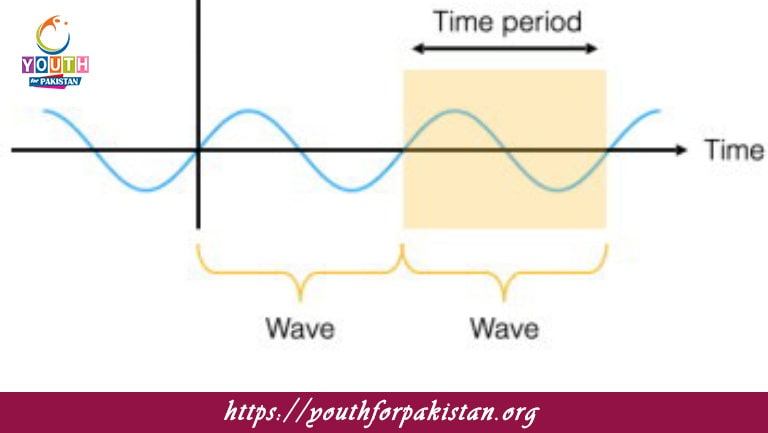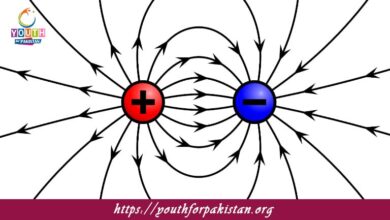Time Period MDCAT Quiz with Answers

The Time Period MDCAT Quiz is the time taken by the object to complete one full cycle of motion in periodic or oscillatory systems. It is an important quantity in physics, particularly in waves, oscillations, and circular motion. The time period is usually denoted by ???????? and it is inversely related to the frequency of the motion, which makes it relevant for understanding periodic phenomena.
Characteristics of Time Period
The time period is the time for one complete oscillation, rotation, or wave cycle. For a pendulum, this would be the time taken to swing from one extreme position to the other and back to the very same position. For a wave, this will be the time between two successive crests or troughs passing through a given point.
MDCAT Quiz: Time Period
The MDCAT Quiz on Time Period will generally consist of questions on finding the time period of oscillatory systems, including pendulums, springs, and waves. The student may also be tested on the relation between time period, frequency, and other parameters such as mass, spring constant, or pendulum length. Such quizzes give the students the opportunity to understand how the time period is theoretically and practically applied in different physical scenarios.
- Test Name: Time Period MDCAT Quiz
- Type: Quiz Test
- Total Questions: 30
- Total Marks: 30
- Time: 30 minutes
Note: Answer of the questions will change randomly each time you start the test, once you are finished, click the View Results button.
Free Flashcards for Time Period
The free flashcards provided for the time period are excellent for mastering the subject. They can include formulae, definitions, and examples relating to the oscillatory systems on how to find the time period of a pendulum or a mass-spring system. In short, these flashcards enable MDCAT students to revise one of the important topics quickly and efficiently.

The time period of a pendulum is affected by:
The length of the pendulum and acceleration due to gravity

In simple harmonic motion, the time period depends on which of the following factors?
The mass and spring constant

In a mass-spring system, what happens to the time period if the spring constant increases?
The time period decreases

What is the effect of increasing the mass on the time period of a simple pendulum?
The time period increases

The time period of an object in simple harmonic motion is determined by:
Its mass and the restoring force

What is the relationship between the time period and the wavelength of a wave?
They are independent in most cases

If the time period of an oscillation is 5 seconds, how many cycles will it complete in 25 seconds?
5 cycles

What happens to the time period of a pendulum if the amplitude is increased?
The time period remains the same

What is the effect of increasing the frequency of a wave on the time period?
The time period decreases

In the context of oscillations, what does the time period represent?
The duration of one complete cycle of motion

In simple harmonic motion, what happens to the time period if the restoring force increases?
The time period decreases
Experience the real exam environment with our expertly designed collection of over 25,000 MCQs MDCAT Mock Tests.





